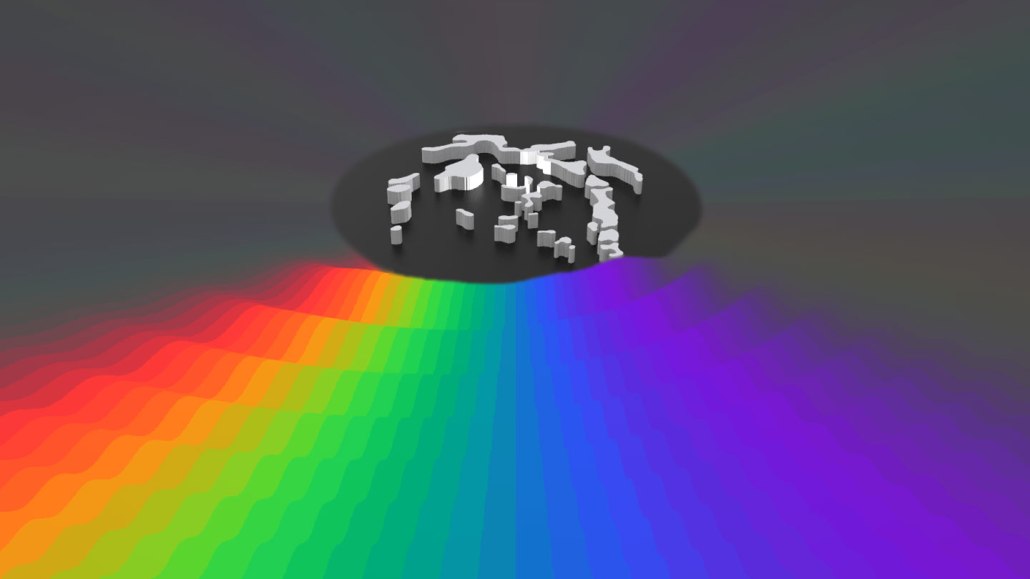Rainbows of sound are a reality thanks to a new device
A plastic structure separates white noise into pitches, offering a novel way to manipulate sound

A specially designed device (illustrated at center) creates an acoustic rainbow, which splits sound (produced at the center of the device) into different pitches (colors).
R.E. Christiansen, E. Fernandez-Grande and O. Sigmund/Science Advances 2025